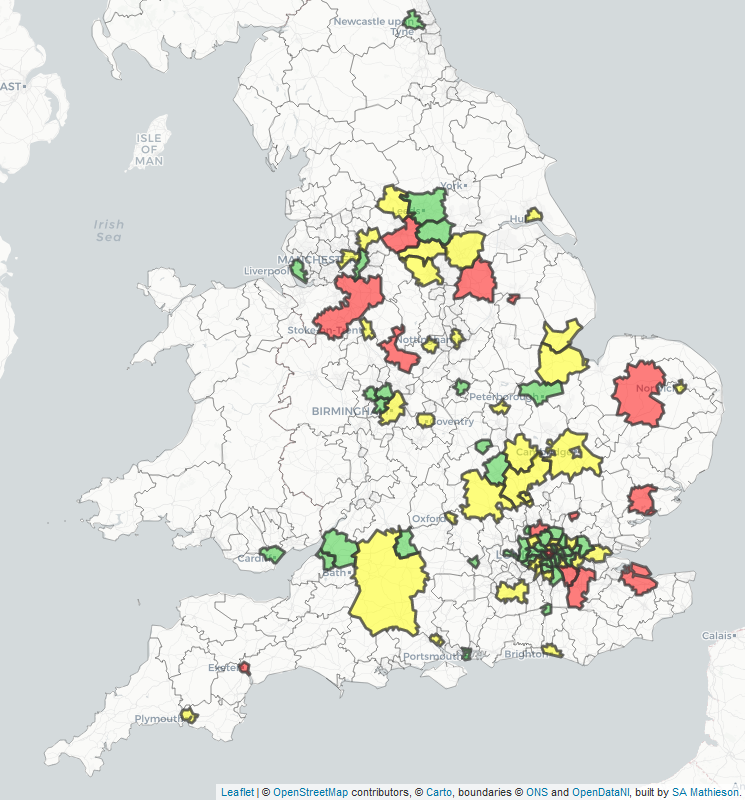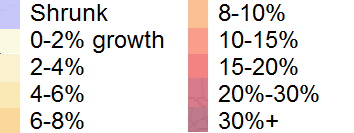It would be nice if all data was easily comparable and highly accurate, but it’s not. Office for National Statistics numbers on nationality of people in local authority areas are rounded to the nearest thousand to reflect the fact they are survey-based estimates. The ONS recently pointed out a range of problems involved in comparing this dataset to Home Office data on applications to the EU Settlement Scheme.
I still made these comparisons for PublicTechnology, because the differences between areas are huge. Excluding Irish citizens (who generally don’t need to apply to stay in the UK post-Brexit), the number of applications to the EU Settlement Scheme is equivalent to about three-quarters of 3.6 million European citizens in the UK. But for Bassetlaw in Nottinghamshire and Sevenoaks in Kent, it is around one-quarter.
 Continue reading “EU Settlement Scheme needs to level-up locally”
Continue reading “EU Settlement Scheme needs to level-up locally”

